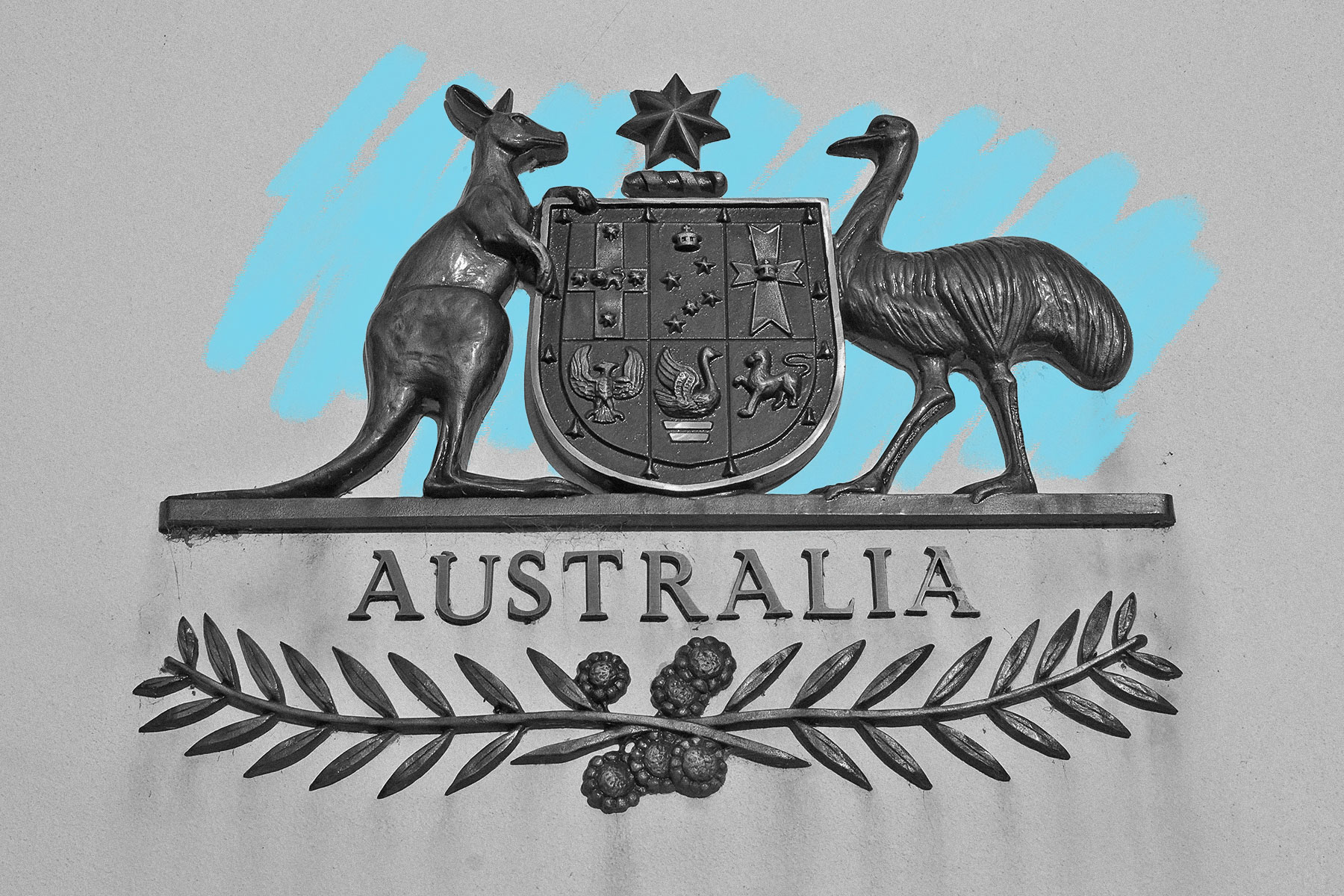The entire Australian government was dissolved in 1975.
While the majority of government shutdowns are averted with budget compromises, that wasn’t the case during the Australian constitutional crisis of 1975. On November 11, Governor-General Sir John Kerr — Queen Elizabeth’s representative in the Australian government — formally dismissed the country’s prime minister, Gough Whitlam, a member of the Labor Party who failed to broker a bipartisan spending bill. Whitlam’s firing came at 1:15 p.m., and 15 minutes later, Kerr appointed Liberal Party leader Malcolm Fraser, a member of the opposition, as the new prime minister. The Liberal-controlled Senate then pushed through a spending bill, though the Labor-controlled House revolted against Fraser with a vote of no confidence. All the bickering came to a head at 4:50 p.m., when Kerr, at the request of Fraser, dissolved the entire Australian Parliament. This forced Australia to hold new elections a month later that were ultimately swept by Fraser and the Liberals.
Queen Elizabeth II’s involvement in this debacle remained ambiguous until 2020, when a series of letters between Kerr and Buckingham Palace were released. Although she technically served as Australia’s head of state, the queen’s role in the country’s affairs was largely symbolic. Even still, Kerr consulted with Buckingham Palace over his theoretical right to dissolve Parliament on the monarchy’s behalf. Letters between Kerr and Martin Charteris — the queen’s private secretary — implied that Kerr would be within his power if he chose to act, but also concluded it was “better for Her Majesty not to know.” Around that time, Kerr also communicated with Prince Charles regarding concerns over the Australian prime minister, asking the prince to relay the message to the queen.







